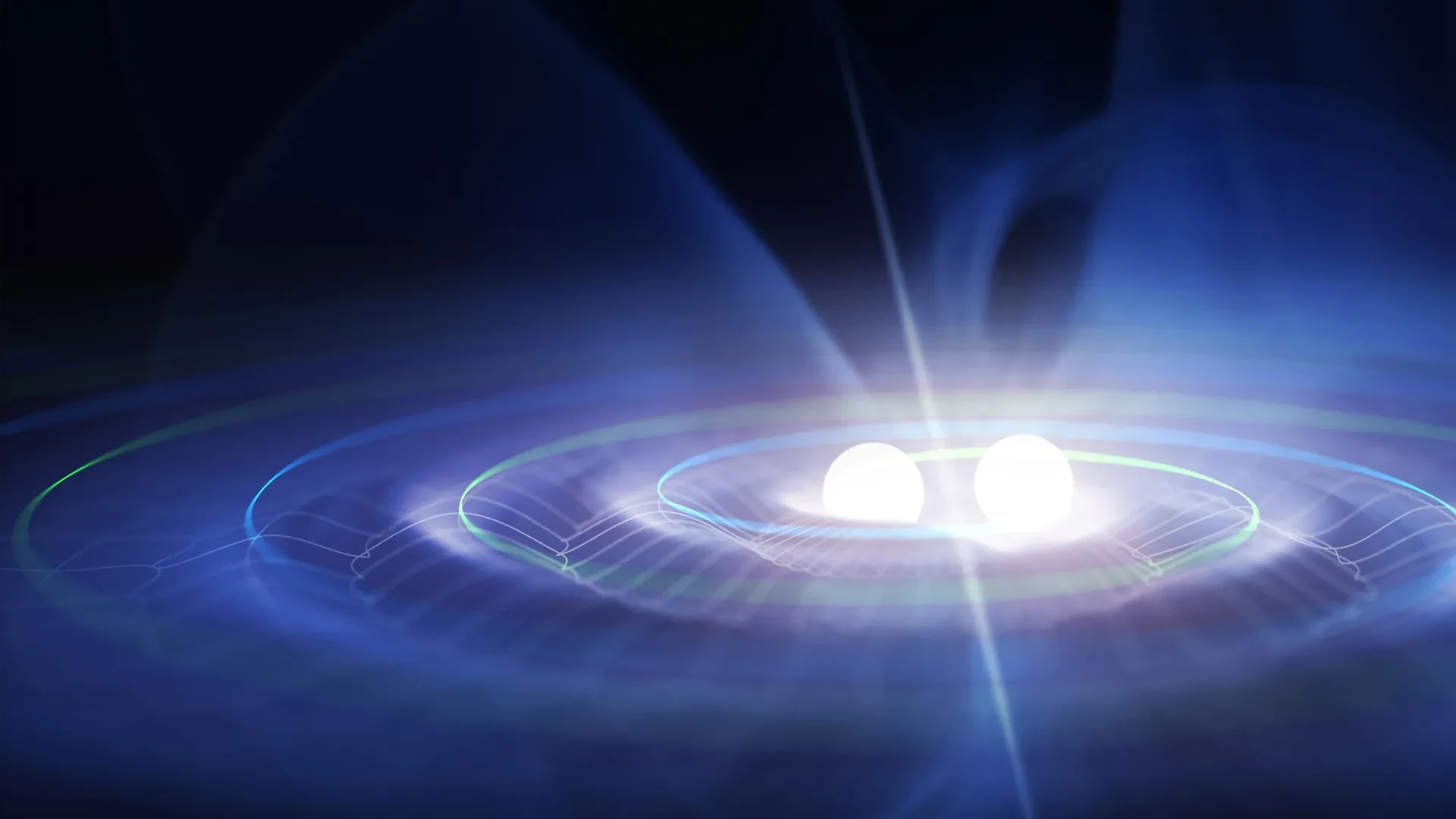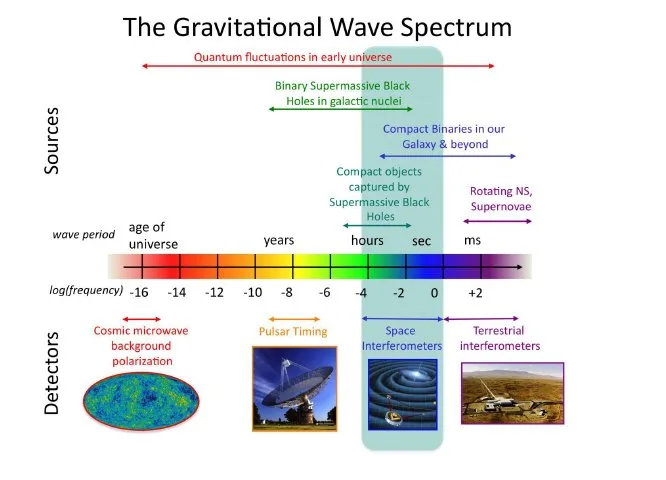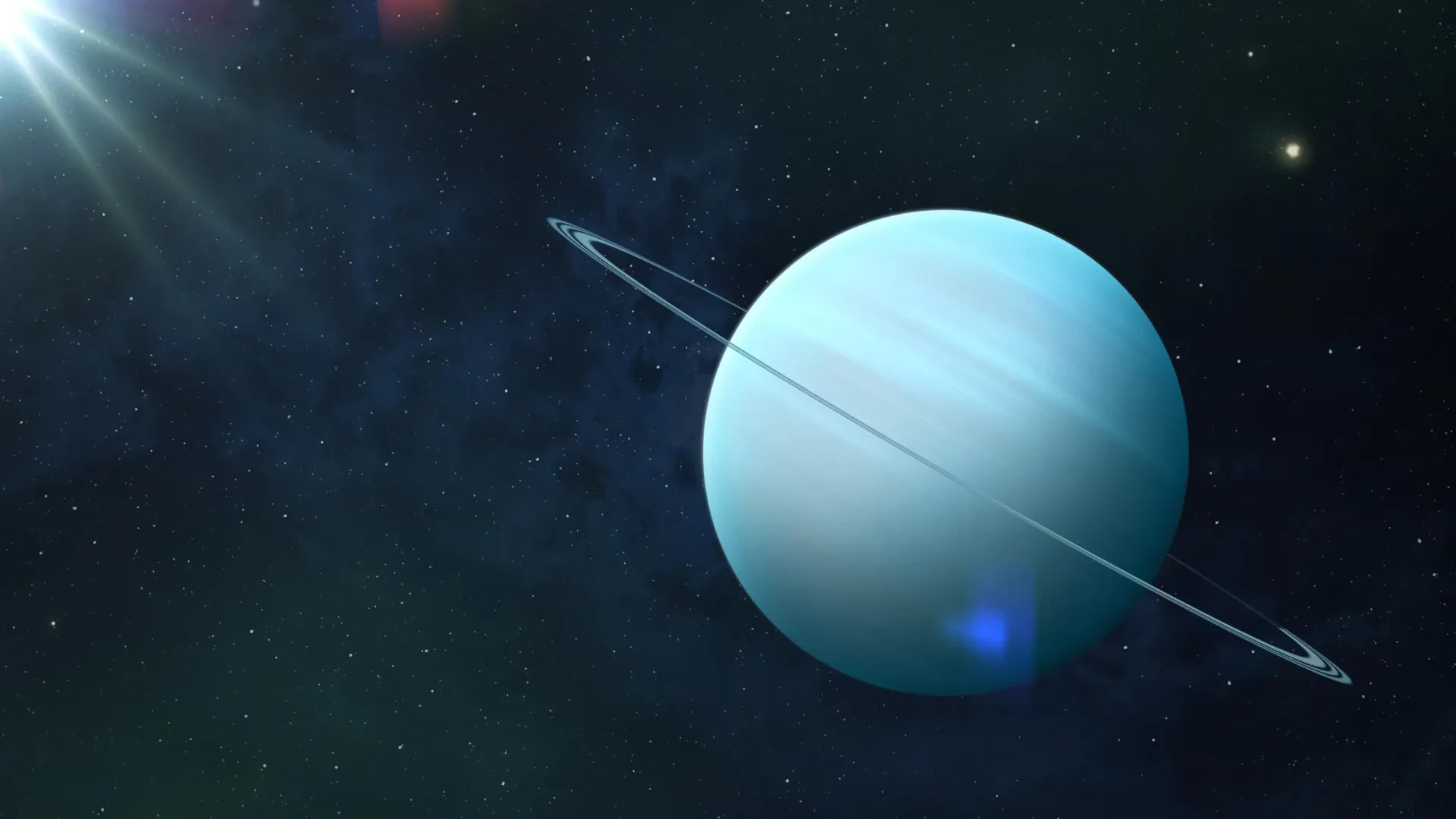Scientists have developed a compact, table-top detector that uses optical cavities and atomic clocks to sense gravitational waves in the previously inaccessible milli-Hertz frequency band, opening a new window to the cosmos.

October 4, 2025

Source:
http://Phys.org
New Detector Targets Uncharted Cosmic Frequencies
Researchers have unveiled a novel design for a gravitational wave detector, compact enough to fit on a laboratory table. This new technology is poised to explore the milli-Hertz (mHz) frequency band, a cosmic frontier currently beyond the reach of existing observatories.
The study, led by a team at the University of Birmingham, details a method that could detect gravitational waves from phenomena like compact binary star systems and intermediate-mass black holes. The work was published in the journal Classical and Quantum Gravity.
Unlike current instruments, this proposed detector could provide a crucial link between high-frequency ground-based observatories and future low-frequency space missions.
Keep up with the story. Subscribe to the PR+ free daily newsletter

Source:
ScienceDaily
A Table-Top Approach to Cosmic Ripples
The technology marks a significant departure from the kilometer-scale arms of observatories like LIGO. Its innovative design offers a practical way to listen for cosmic signals previously drowned out by terrestrial noise.
Innovative Design
The detector operates using a pair of orthogonal optical cavities—mirrored resonators—and an ultra-precise atomic clock as a frequency reference. This setup allows it to measure gravitational waves in a unique way.
Compact Size: The entire apparatus is table-top sized, making it more accessible than large-scale interferometers.
Noise Immunity: Its rigid structure is less affected by the seismic and Newtonian noise that limits low-frequency sensitivity in ground-based detectors.
How It Works
Instead of measuring the physical stretching and squeezing of space, the detector senses the minuscule phase shifts in laser light as it travels within the optical cavities. A passing gravitational wave alters this phase, and the change is measured with the extreme precision of an atomic clock. This method is highly effective for the subtle, long-wavelength ripples in the mHz band.
Read More

Source:
CERN
Share this news:




















